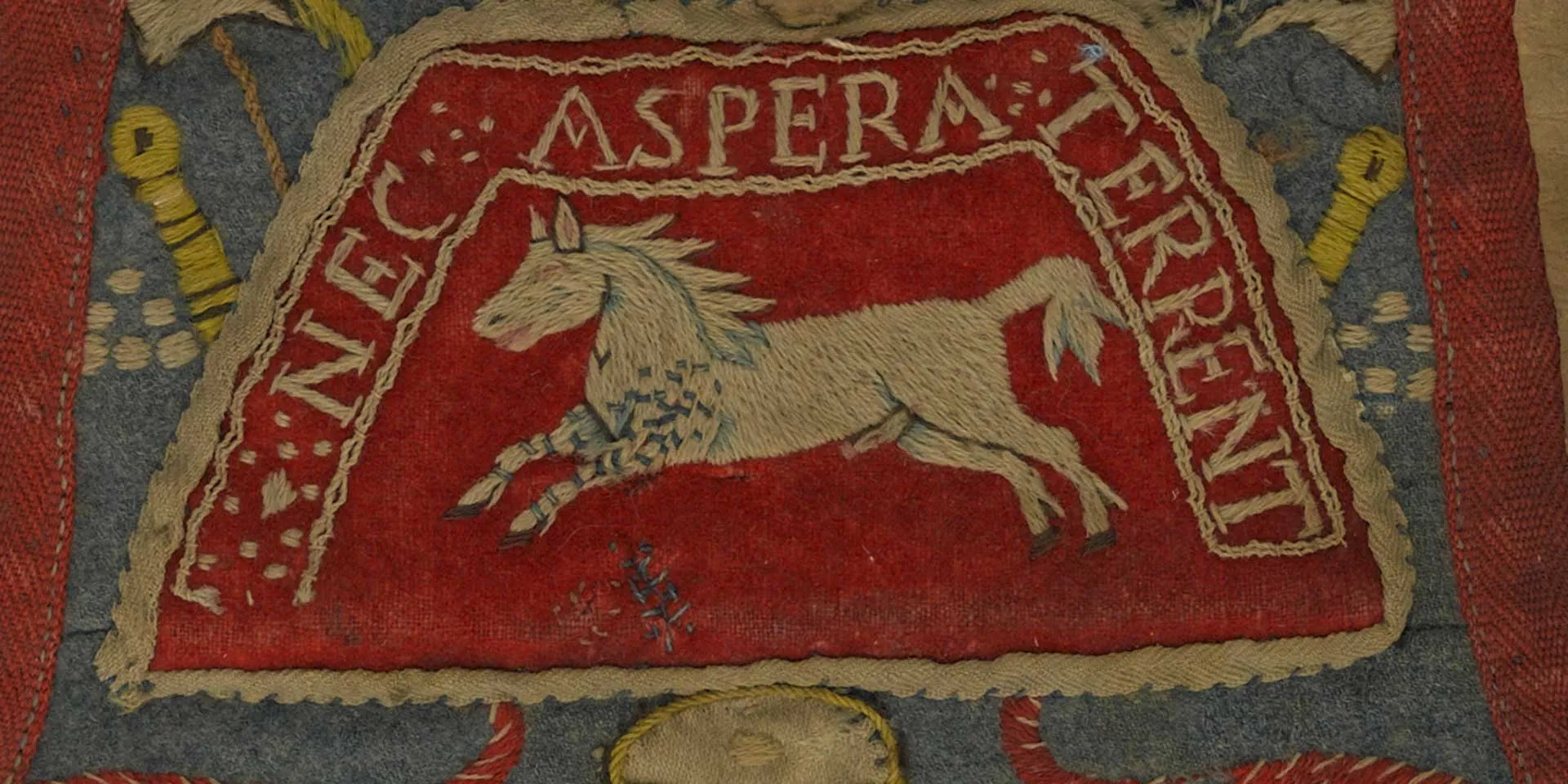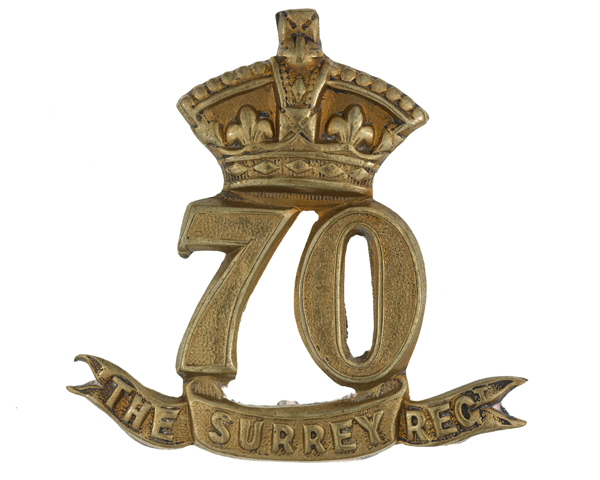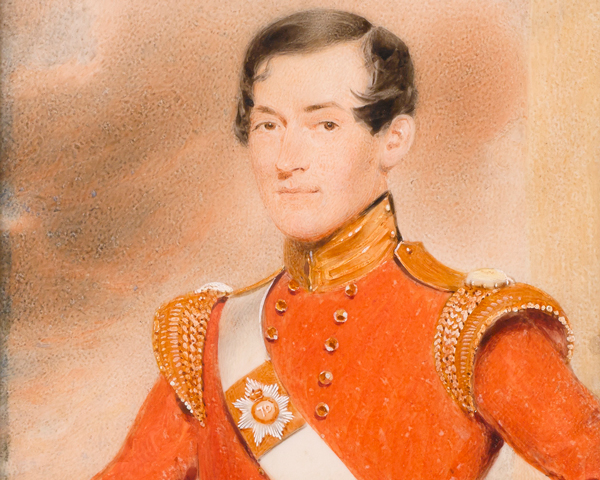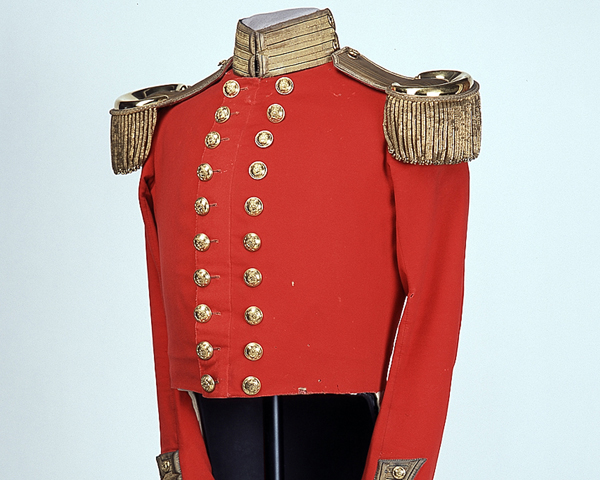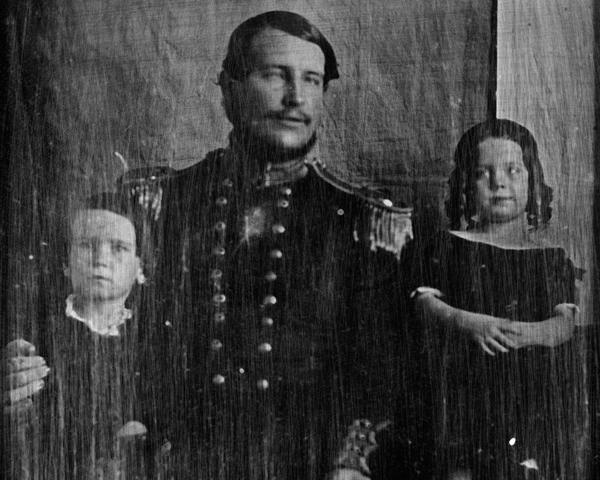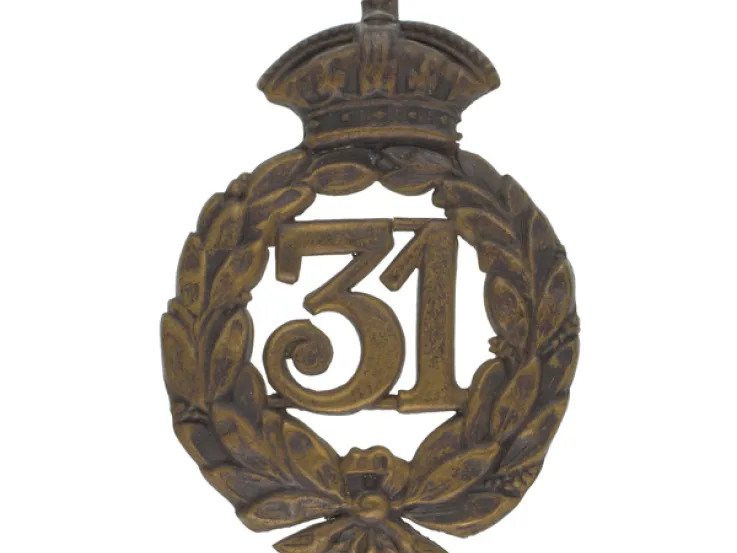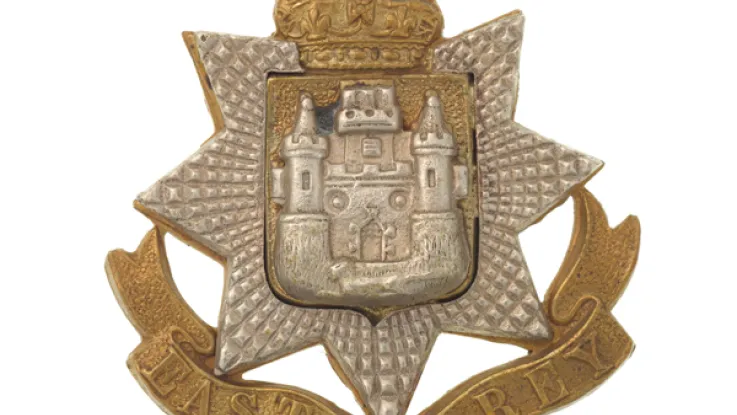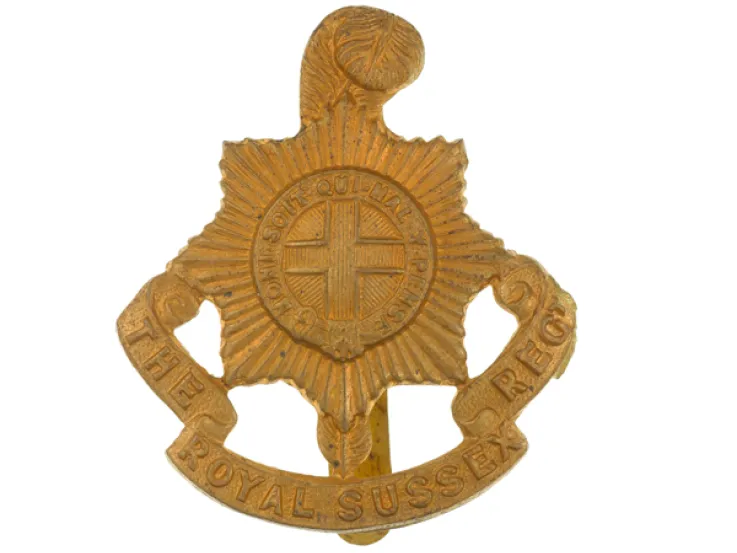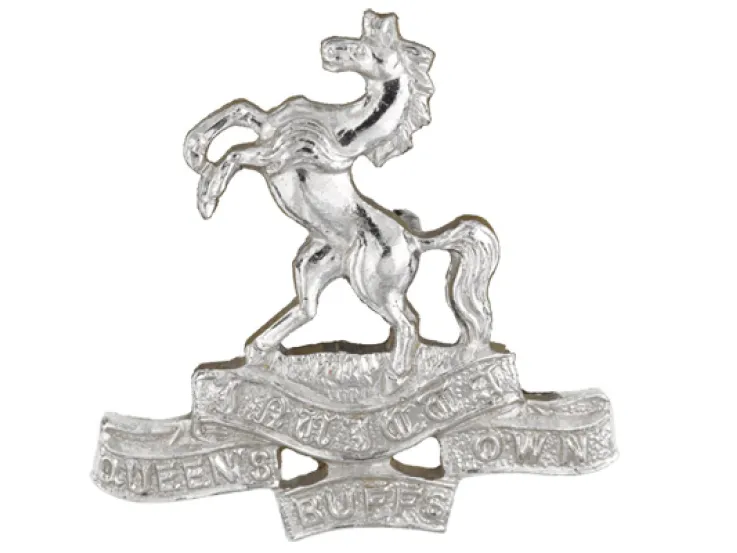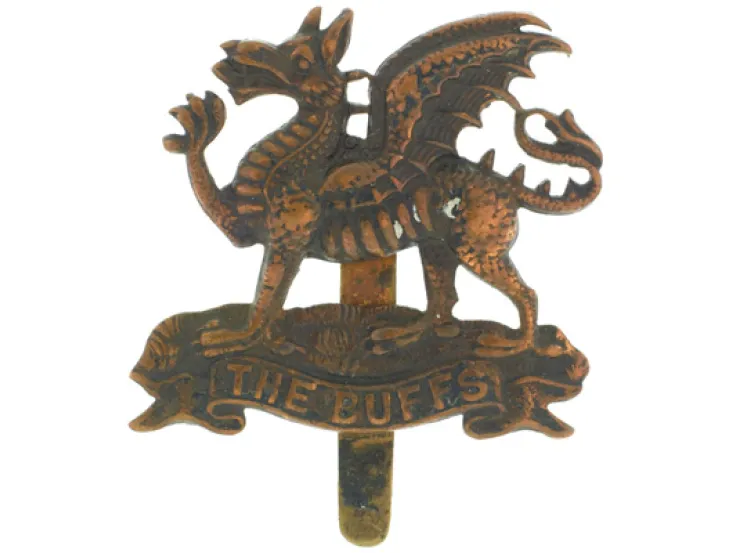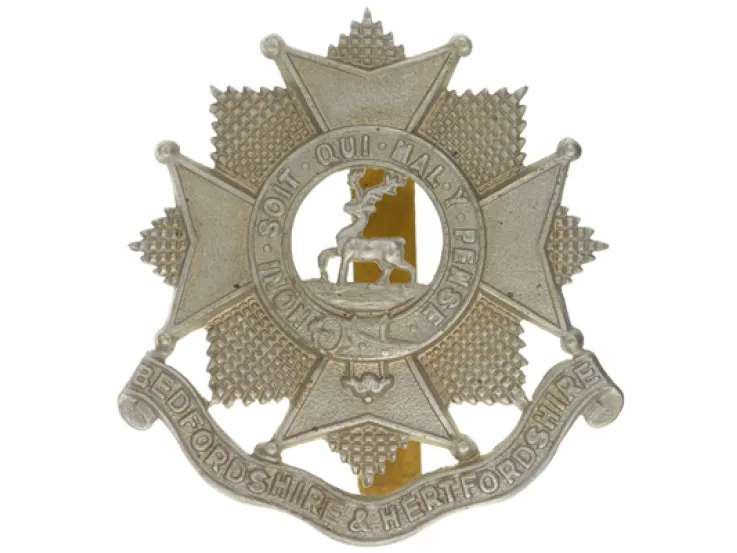Origins
In 1756, the 31st Foot was one of several regiments given a 2nd Battalion to meet the demands of the Seven Years War (1756-63). Two years later, that battalion became a regiment in its own right. Given the number 70 in the order of precedence, it was stationed and recruited in Scotland.
This new unit never actually deployed to the Seven Years War. When peace came, it was reduced in numbers and posted to the West Indies for 10 years, where it suffered major losses to disease. It then returned to Britain to renew its numbers.
Next, it was posted to North America during the American War of Independence (1775-83), where it fought at Sullivan’s Island (1776) and Fort Lafayette (1779). In 1782, it gained the county title of ‘Surrey’.
Revolutionary and Napoleonic Wars
The regiment then moved to garrison duties in England and Ireland, before being sent back to the West Indies during the French Revolutionary Wars (1793-1802). It took part in the capture of Martinique (1794) and the attack on Guadeloupe (1794).
Garrison service in Gibraltar, Jersey, Trinidad, England, Antigua, St Christopher, St Thomas and Guadeloupe then followed.
Losses to disease continued to be a problem. In 1811, four of the regiment’s companies were sent from the West Indies to Scotland to recruit. The following year, the rest of the regiment joined them there. This led to the unit switching its county title to ‘Glasgow Lowland’.
It spent 1813 suppressing riots in Montrose and guarding prisoners of war at Perth, before being sent to reinforce the garrison in Canada during the War of 1812 (1812-15). It remained there until 1827, during which time it regained ‘Surrey’ as its county title.
Victorian era
The regiment spent the 1830s and 1840s on garrison duty in Ireland, England, Guernsey, Gibraltar and Malta, along with further spells in the West Indies and Canada.
Its first Indian posting came in 1849. It went on to help suppress the Indian Mutiny (1857-59), before deploying to New Zealand in 1861. It served there in the Maori Wars (1860-72) until 1866.
After a couple of years in Britain, it was back in India in 1871, where it spent the next ten years. It also fought with the Kandahar column during the Second Afghan War (1878-80).
Legacy
In 1881, it was merged with its old parent unit, the 31st (Huntingdonshire) Regiment, to form The East Surrey Regiment, becoming the new unit's 2nd Battalion.
Regimental museums
The National Army Museum works with a network of Regimental and Corps Museums across the UK to help preserve and share the history and traditions of the Army and its soldiers.
Discover more about the 70th (Surrey) Regiment of Foot by visiting Surrey History Centre in Woking.

